Building a tool to accelerate growth and ensure a consistent experience across RD Station products
As RD Station's products grew, maintaining consistency across interfaces and products became a strategic challenge. Delivery speed often conflicted with the quality of the experience, and the lack of standards led to rework, visual inconsistency, and increased complexity in product evolution.
- Products 2+
- Teams 14+
- Customers ~35mil
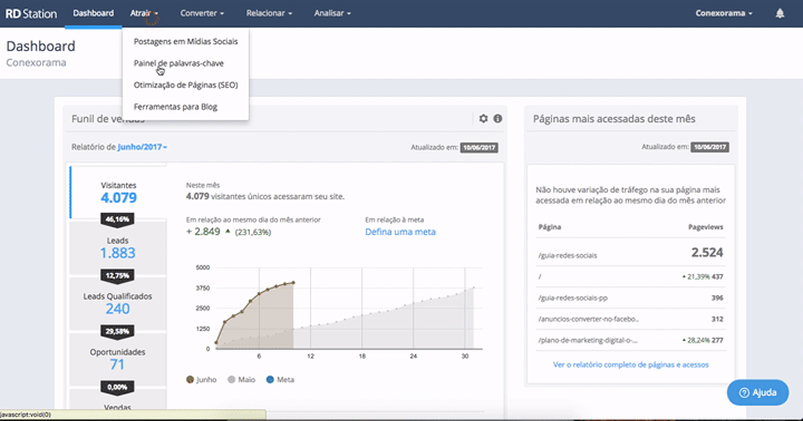
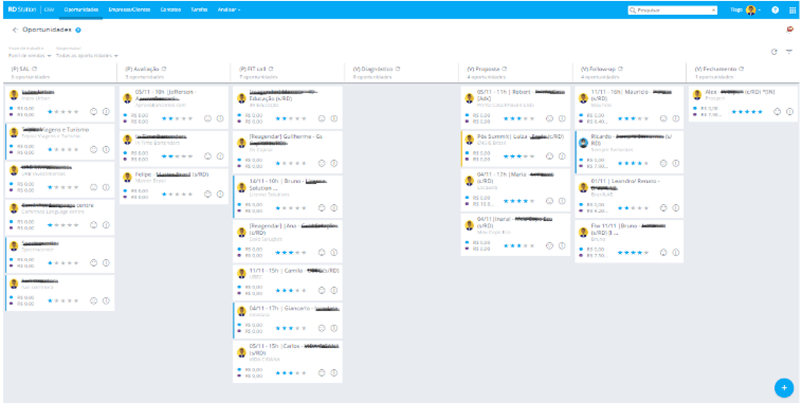
🔎 Research
Delve into the problem, understand the main challenges, identify who is being affected by these issues, and how they impact the company's objectives.
📝 Discovery
Analyze the products, understand the existing technical challenges, and identify the paths we can take to solve the problem in a lean way.
🎨 Design
Define the vision of where we want to go, what the objectives are, and which metrics we will use to validate or invalidate the solution to the problem.
💻 Development
Implementation of solutions and/or changes in the products, release to select test customers to collect feedback and understand if the problem has been resolved.
- Lack of flow and behavior standards increased customers' cognitive effort
- Lack of visual components (design and code) that are easy to reuse
- Outdated development technology made maintenance and evolution difficult
- Visual changes have a high cost and lack scalability
- Risk of visual changes impacting the product experience
6 of 17
Product Designers interviewed
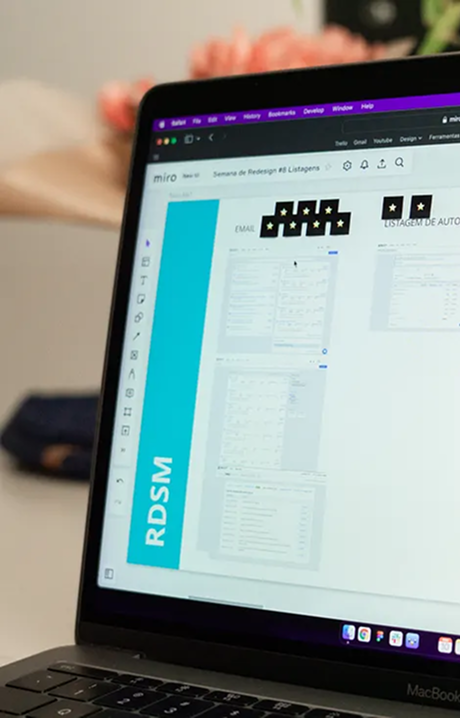
12 of 183
Developers interviewed
- The feeling that products weren't evolving at the necessary speed impacted churn
- Products with different visual identities weakened brand reinforcement
- Usability issues impacted product adoption, clients needed support from Customer Success
51
Average NPS of products (3 months)
384
NPS feedbacks analyzed (3 months)
2h ~ 6h
Time to deploy a change
Standard Tool
Using different tools prevented having a reusable component repository
Design Process
Lack of design review and alignment processes prevented collaborative and sustainable evolution
Documentation
Documentation was not accessible and there were no clear owners responsible for its maintenance and evolution
Knowledge
Developers were more backend-focused, and frontend did not follow best practices
Backend vs Frontend
Using backend technology structures to develop frontend created bottlenecks for product evolution
Create design and frontend tools and processes to accelerate the evolution of RD Station products
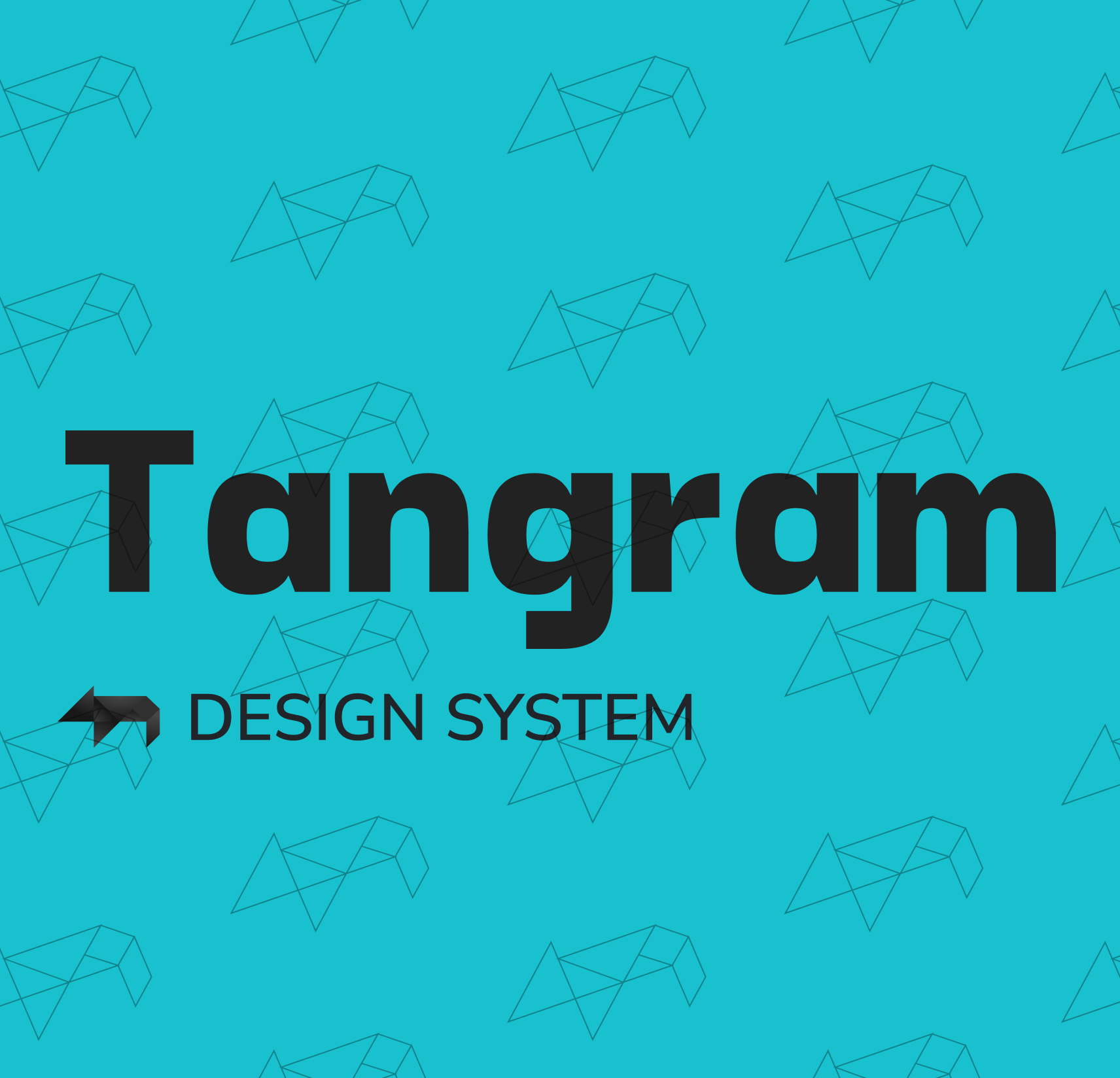
- Figma as the standard tool for designing solutions and a reusable component library
- Components and visual elements aligned with the brand's colors and typography defined by the marketing team
- Open documentation, with easily accessible links, examples, and best practices for using components and patterns
- Design Critique and Design Lab as part of the design process to share best practices and component usage

- React as the standard tool for frontend development and a reusable component library
- Components beyond visual styles, including standard experience behaviors
- Microfrontend to separate the frontend layer from the backend, enabling isolated deployments and more autonomy for teams
- Onboarding of people as part of the company's entry process


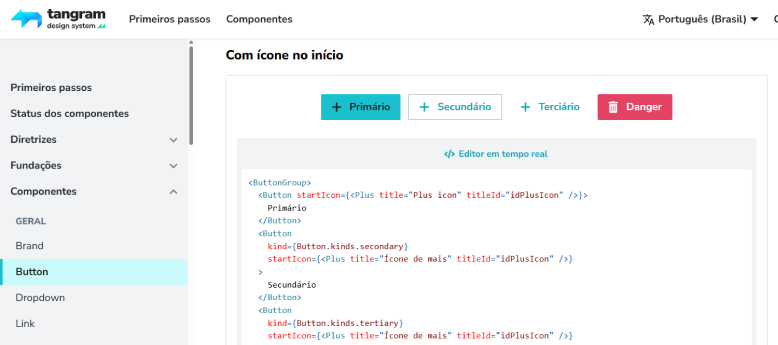
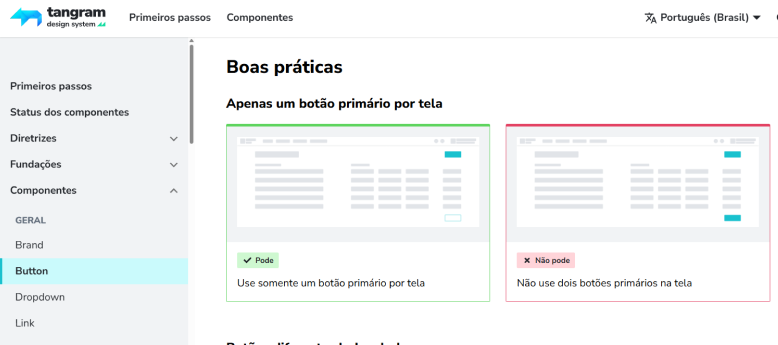
32%
Reduction in time-to-market
17%
Increase in NPS after Tangram implementation
96%
Of teams using Tangram